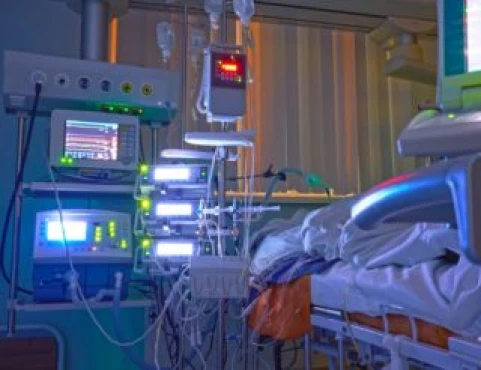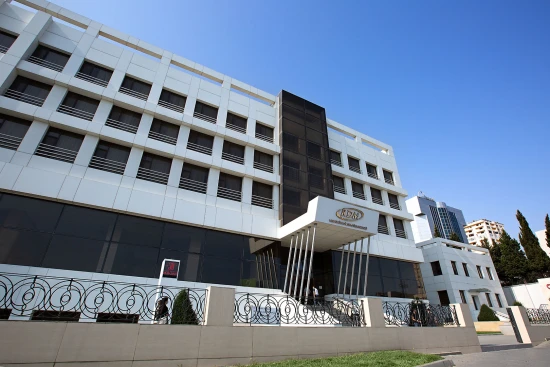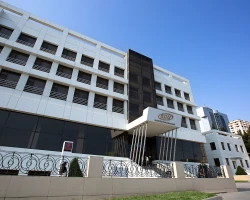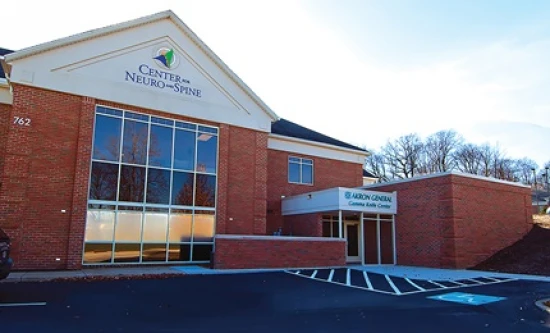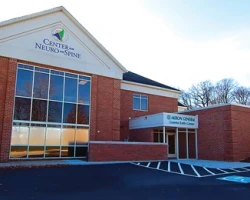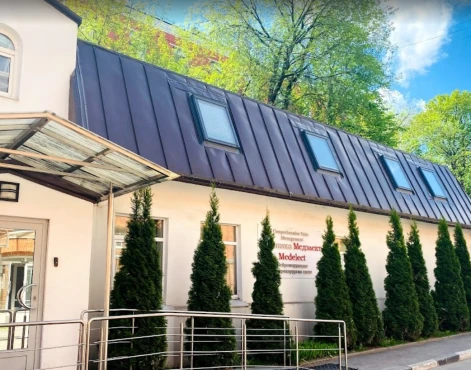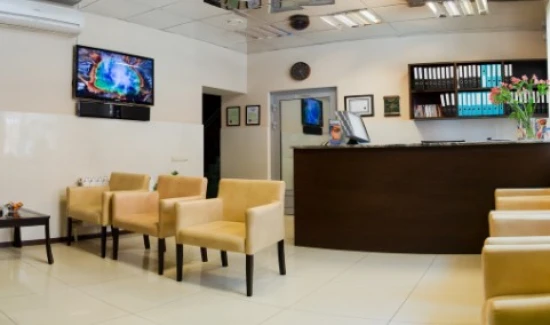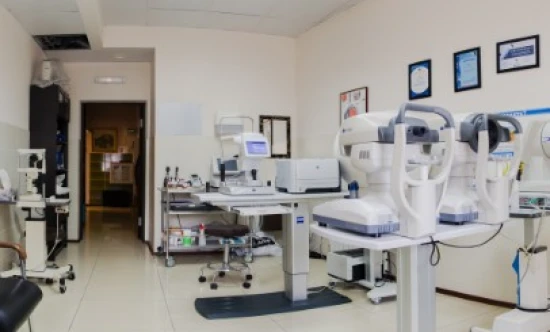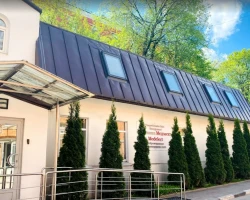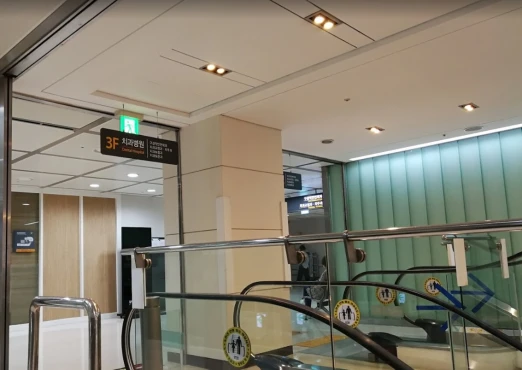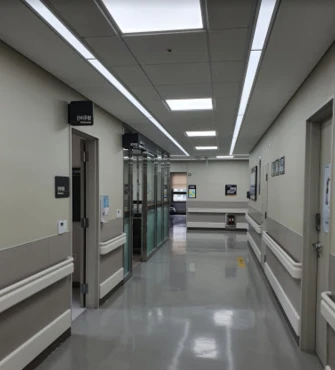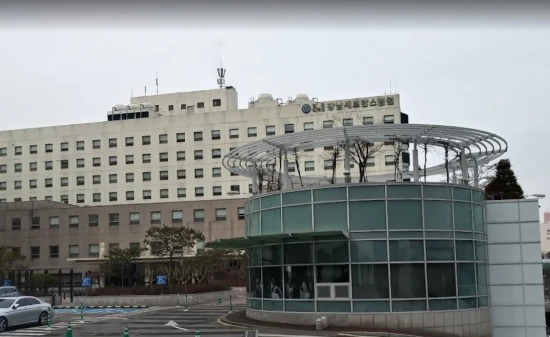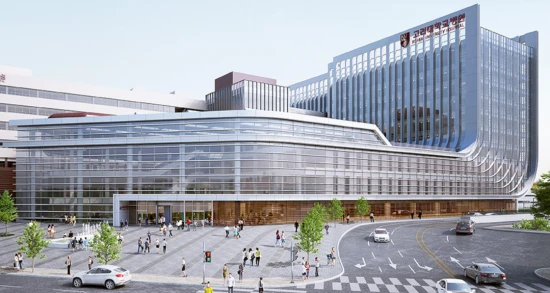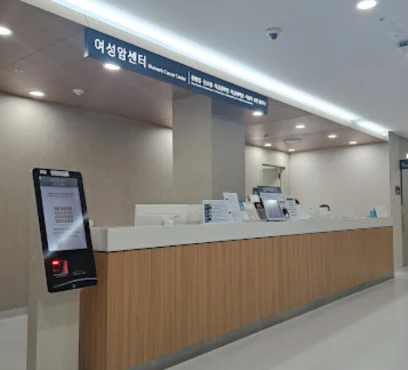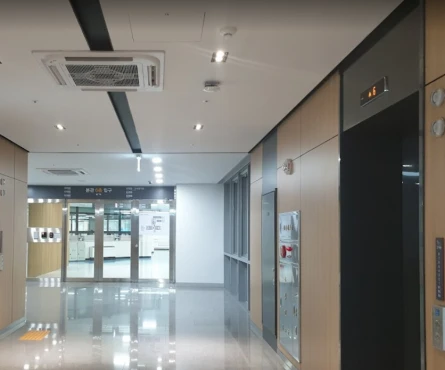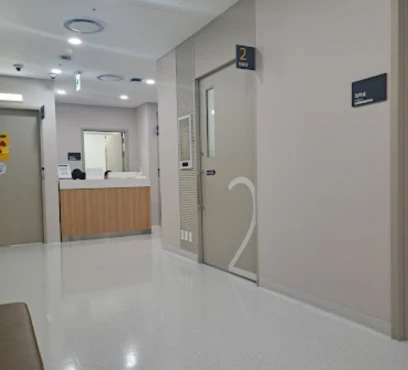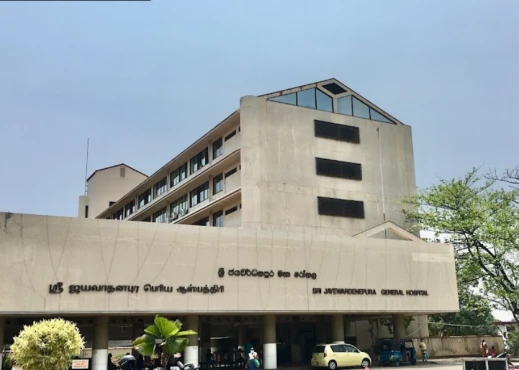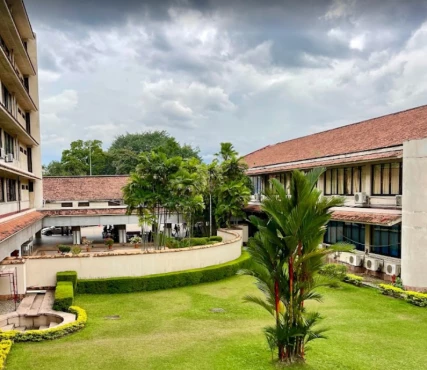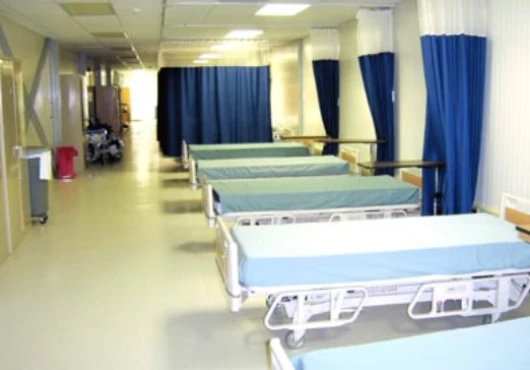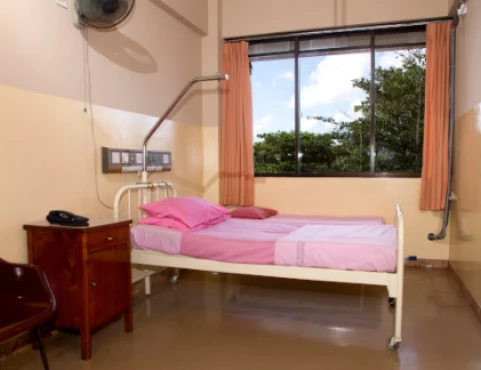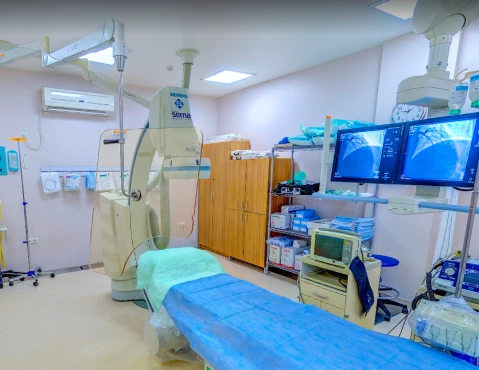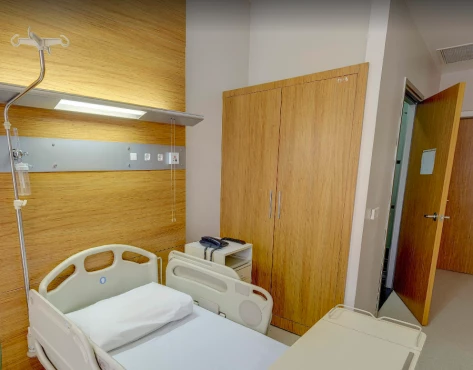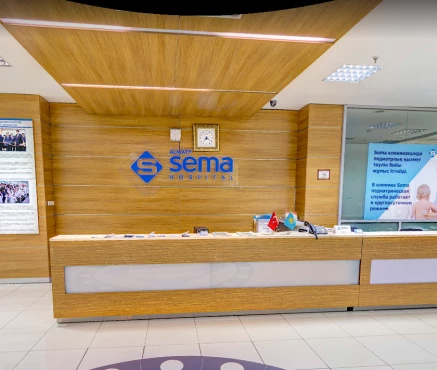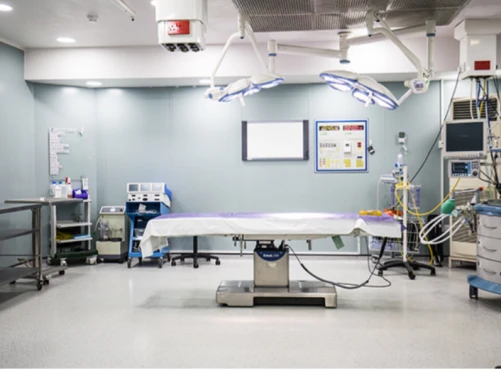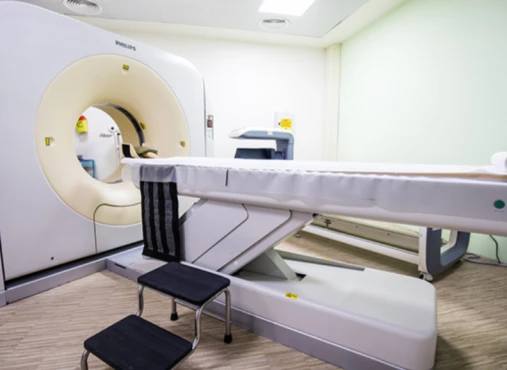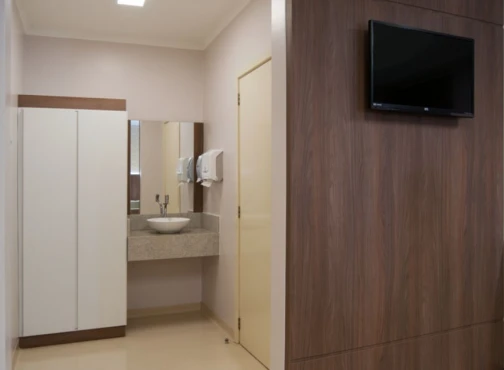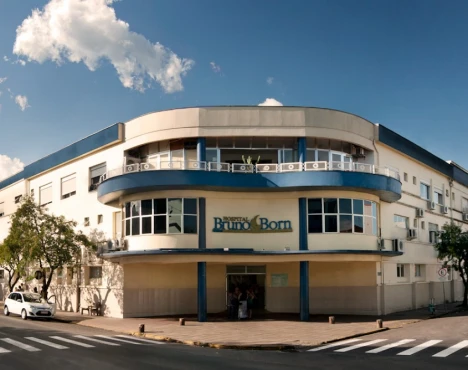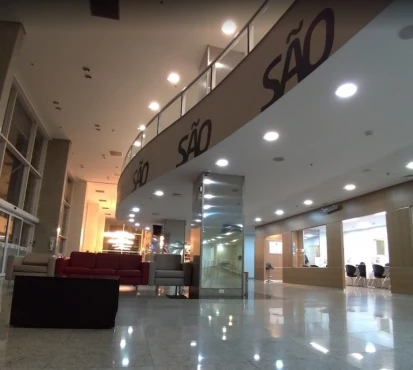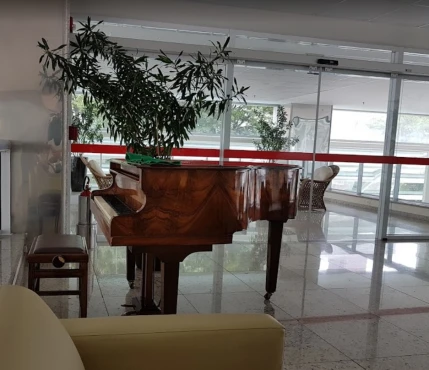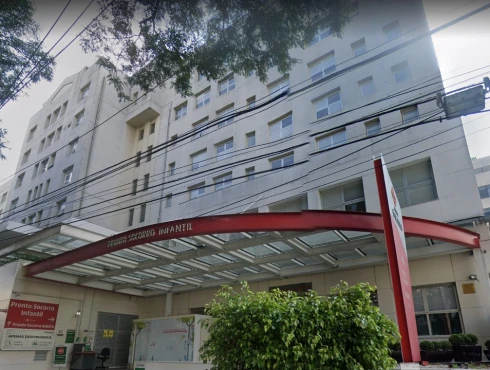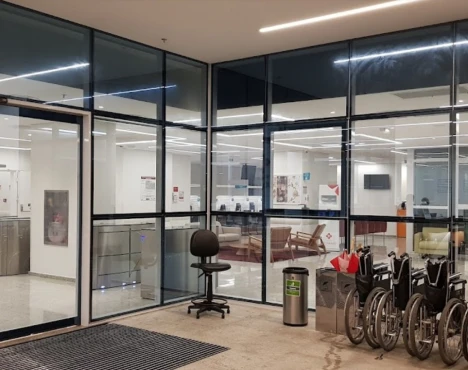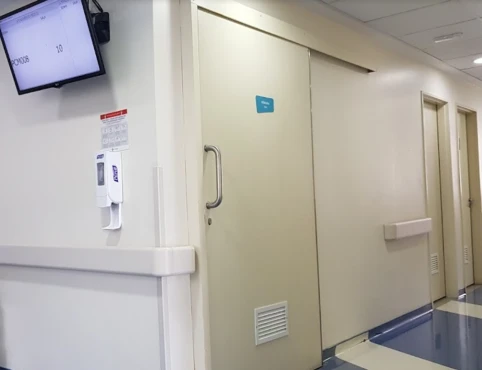Parkinson's disease treatment in 4 Neurosurgery and Oncology clinics worldwide with additional parameter
4 clinics specializing in Neurosurgery and Oncology providing treatment of
Parkinson's disease
Parkinson's disease is a progressive neurological disorder that affects movement and coordination. It is characterized by symptoms like tremors, stiffness, and difficulty with balance and gait, caused by the loss of dopamine-producing nerve cells in the brain.
Read more...
worldwidewith additional parameter of rating.
Sorted by:
Relevance
Rating
Relevance
Prices for popular procedures:
Prices for popular procedures:
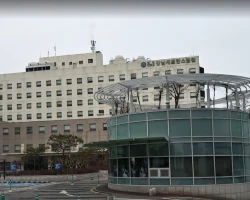
Seoul, South Korea
Specializations: Cardiac surgery, Vascular surgery, Thoracic surgery, Neurosurgery, Spine surgery, Orthopedic surgery, Oncology
Languages: Arabic, Chinese, English, Japanese, Russian
Gangnam Severance Hospital was opened in 1983 by Yonsei University Health System to expand its medical business and establish a stronghold for healthcare delivery in
read more
Relevant clinics
Perhaps you should consider the following relevant clinics we have found basing on your selection.
Prices for popular procedures:

Seoul, South Korea
Specializations: Cardiac surgery, Vascular surgery, Thoracic surgery, Neurosurgery, Spine surgery, Orthopedic surgery, Oncology, Dentistry
The hospital is fully devoted to elevating its medical service quality by introducing state-of-the-art equipment and systems such as Robot surgery, Linear Accelerator, 3.0T MRI,
read more
Prices for popular procedures:

Colombo, Sri Lanka
Specializations: Cardiac surgery, Vascular surgery, Thoracic surgery, Neurosurgery, Spine surgery, Orthopedic surgery, Oncology
Languages: English
It is located in Sri Jayewardenepura, the capital of Sri Lanka, on nearly 30 acres of beautifully landscaped garden with serene nature. This state of
read more
Prices for popular procedures:
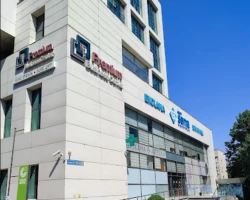
Almaty, Kazakhstan
Specializations: Cardiac surgery, Vascular surgery, Thoracic surgery, Neurosurgery, Spine surgery, Orthopedic surgery, Oncology, Dentistry
Languages: English, Russian
At the Almaty SEMA Hospital Clinic, you can get a full range of medical services provided by our leading specialists. Whether you need a small
read more
Prices for popular procedures:

Abu Dhabi, United Arab Emirates
Specializations: Neurosurgery, Spine surgery, Orthopedic surgery, Oncology, Dentistry
Languages: English
Dublin Health Services launched Seha Emirates Hospital in February 2012 as a boutique hospital providing global services in order to provide quality & patient-oriented Inpatient
read more
Prices for popular procedures:
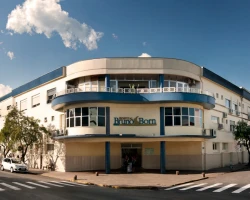
Lajeado, Brazil
Specializations: Cardiac surgery, Vascular surgery, Thoracic surgery, Neurosurgery, Orthopedic surgery, Oncology
Bruno Born Hospital is a philanthropic institution, with more than 80 years. It is registered with the National, State and Municipal Councils of Social Assistance
read more
Prices for popular procedures:
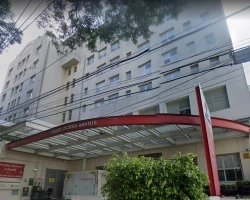
São Paulo, Brazil
Specializations: Cardiac surgery, Vascular surgery, Thoracic surgery, Neurosurgery, Spine surgery, Orthopedic surgery, Oncology
Hospital São Camilo Pompeia has followed, over the years, the growth of the population and the scientific and technological advances aimed at medical and
read more
Clinics grouping by rating
All the scored clinics have the same rating of 5, clinic with the most reviews number of 14 — MEDELEKT Clinic in Moscow, Russia.
Countries with the highest number of clinics treating the diseases:
Parkinson's disease:
worldwide
555 clinics
Brazil
44 clinics
India
37 clinics
Colombia
32 clinics
Mexico
29 clinics
Turkey
29 clinics
Related procedures:
Procedures are likely to be used for Parkinson's disease treatment:
Deep brain stimulation (DBS),
Functional neurosurgery,
High intensity focused ultrasound (HIFU),
and
Pallidotomy
.
